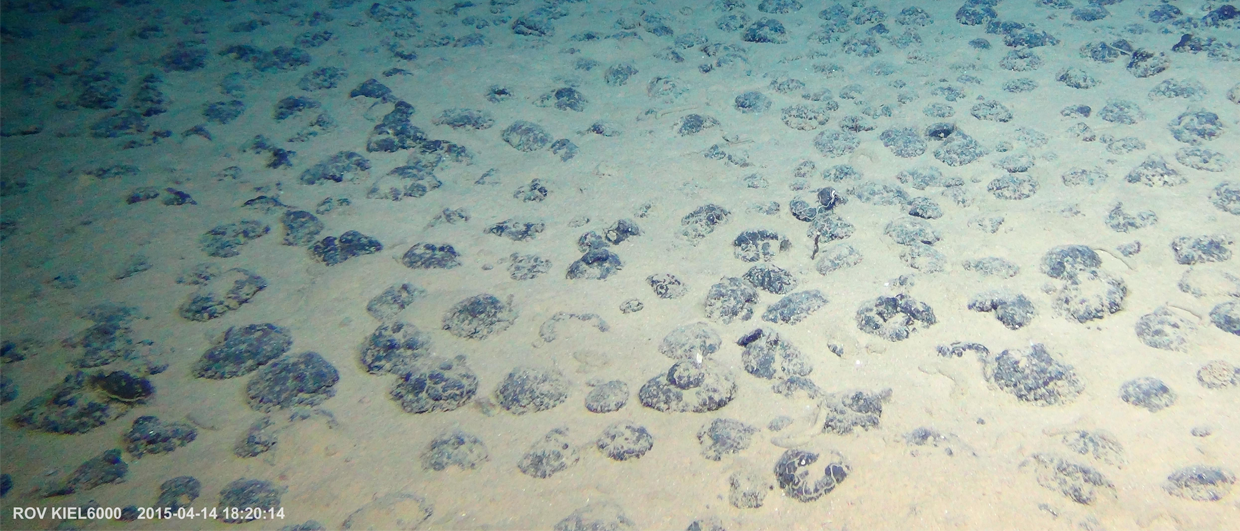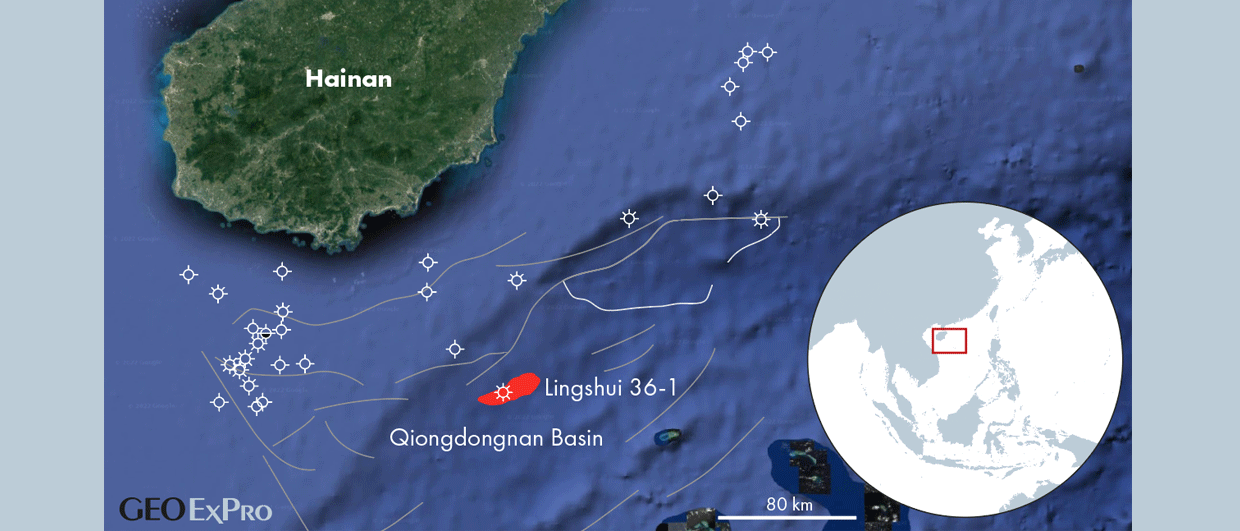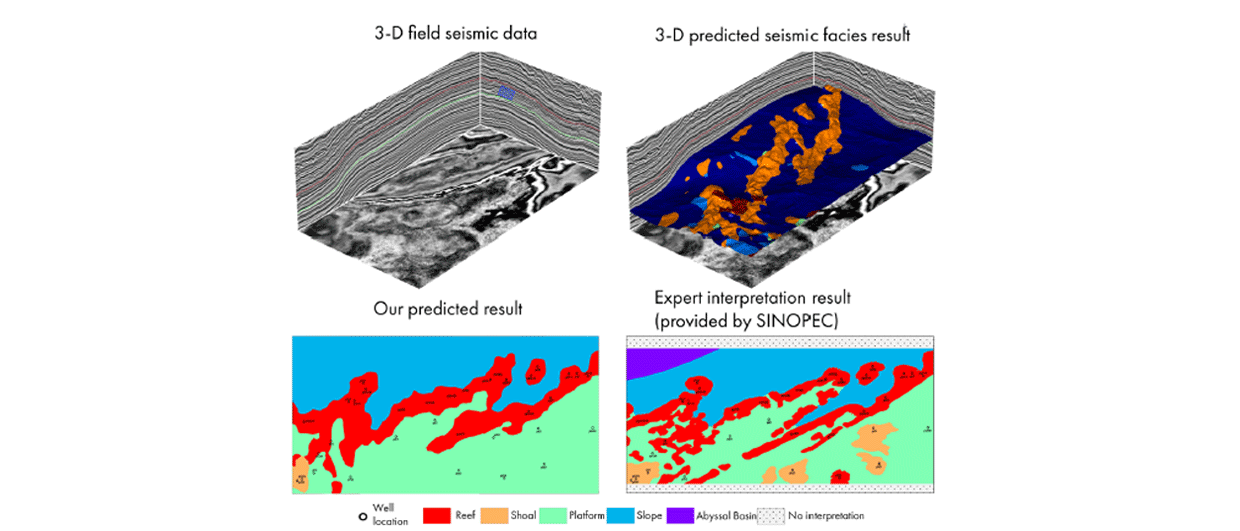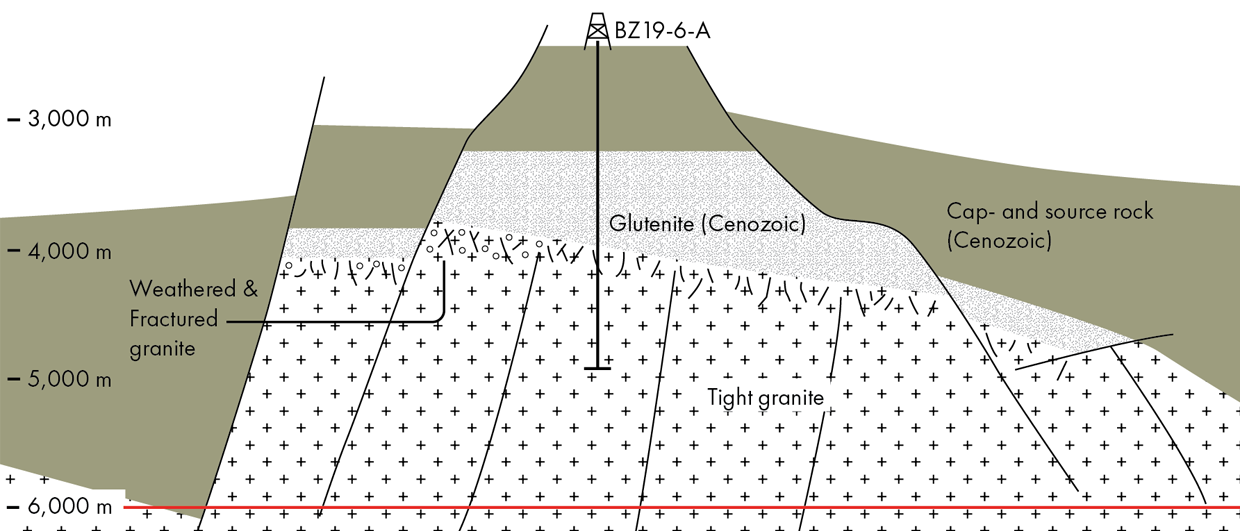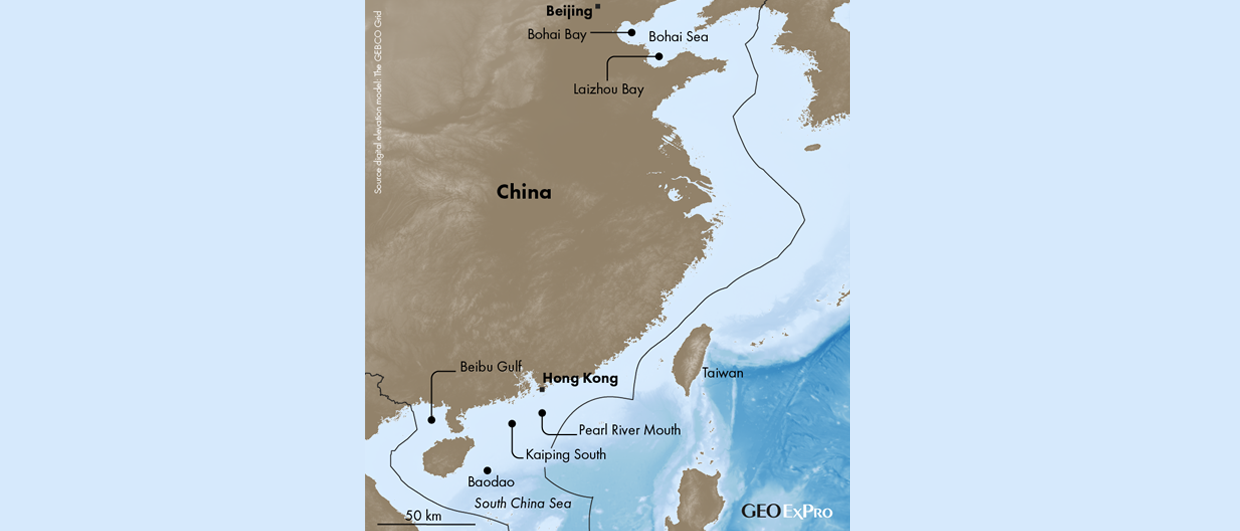China has reached a significant milestone in the field of deep-sea mining with the successful trial of its Kaituo 2 (Pioneer 2) vehicle in the Western Pacific Ocean. During the trial in June, the vehicle set multiple national records, including a dive to a depth of 4,102.8 m, as reported by the South China Morning Post.
This marked the first time a Chinese mining vehicle has reached beyond the 4,000-meter threshold, showcasing China’s technological advancements in deep-sea mining.
The latest advancements follow Chinese officials’ statements made last year that the country is lagging behind the West, in terms of technology and knowledge regarding deep-sea mining. In comparison, the leading deep-sea exploration company, The Metals Company, has previously done mining tests at depths of 4,300 meters.
China’s desire to become technologically capable of seabed mining is at least twofold. Firstly, a future supply of base metals such as copper, nickel, and cobalt, will help the country reduce its heavy reliance on imports. Secondly, China has a tight grip on a list of other critical and strategic metals and intends to maintain its influence by not falling behind other nations in the deep-sea domain.
The Kaituo 2, an engineering prototype developed by Shanghai Jiao Tong University, was said to demonstrate remarkable capabilities during the trial. It utilized high-mobility technology for complex deep-sea seabed terrain and a multi-mineral composite drilling and mining technology.
Weighing 14 tonnes, the vehicle managed to efficiently extract various types of deep-sea minerals such as polymetallic crusts from hard rock surfaces as well as nodules from soft sediments.
According to Yang Jianmin, chair professor at the university and chief scientist of the Kaituo 2, the trial indicated that the vehicle can almost reach the depths required for seabed mining, which generally range from 2,000 to 6,000 meters. The 4,000-meter threshold is important because the largest and most prolific nodule field in the world, the Clarion-Clipperton Zone (CCZ) west of Mexico, is found at depths of about 4,000 – 5,500 meters, according to the National Oceanic and Atmospheric Administration.
China holds several licenses in the CCZ through the contractors China Ocean Mineral Resources Research and Development Association and China Minmetals Corporation. Moreover, Beijing Pioneer Hi-Tech Development Corporation holds licenses in the Western Pacific Ocean. Both of these areas are located in international waters and managed by the International Seabed Authority. Little information has been shared regarding the presence of seabed resources in China’s territorial waters.

